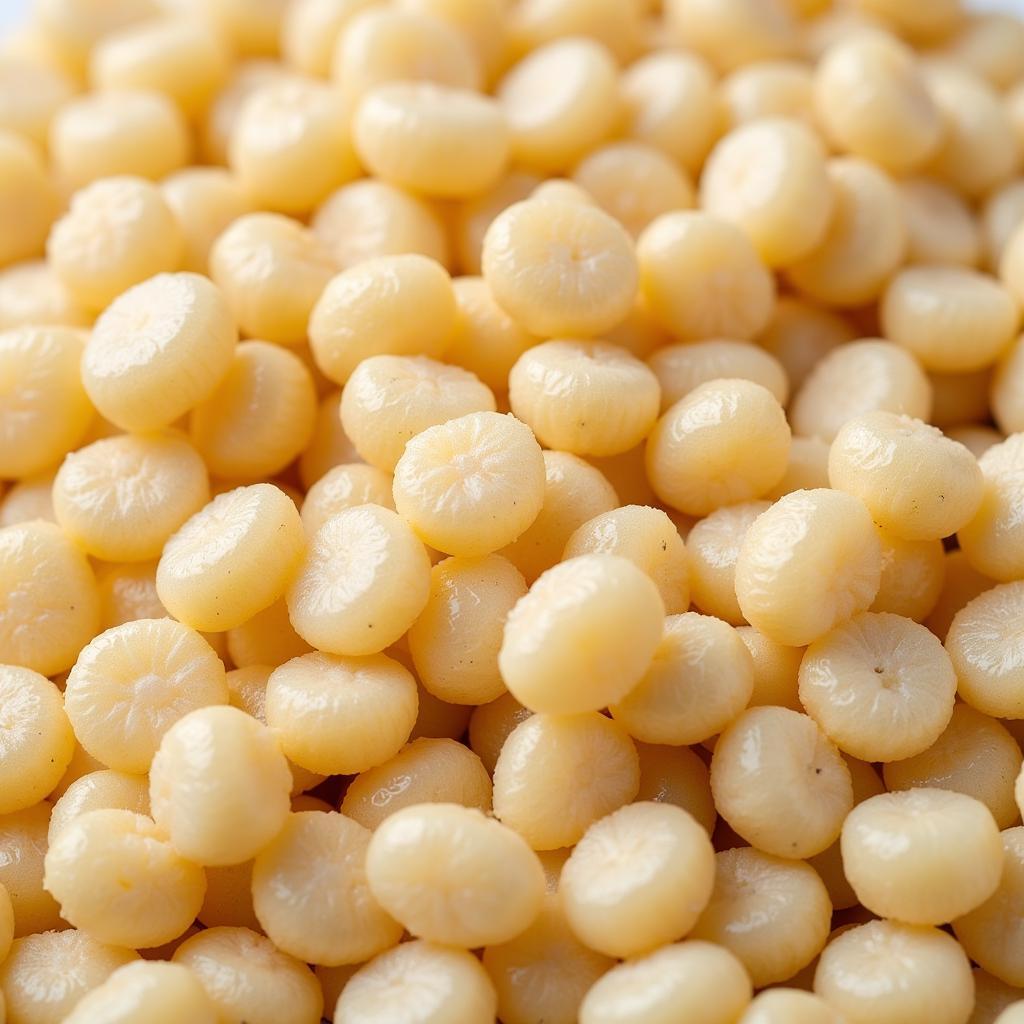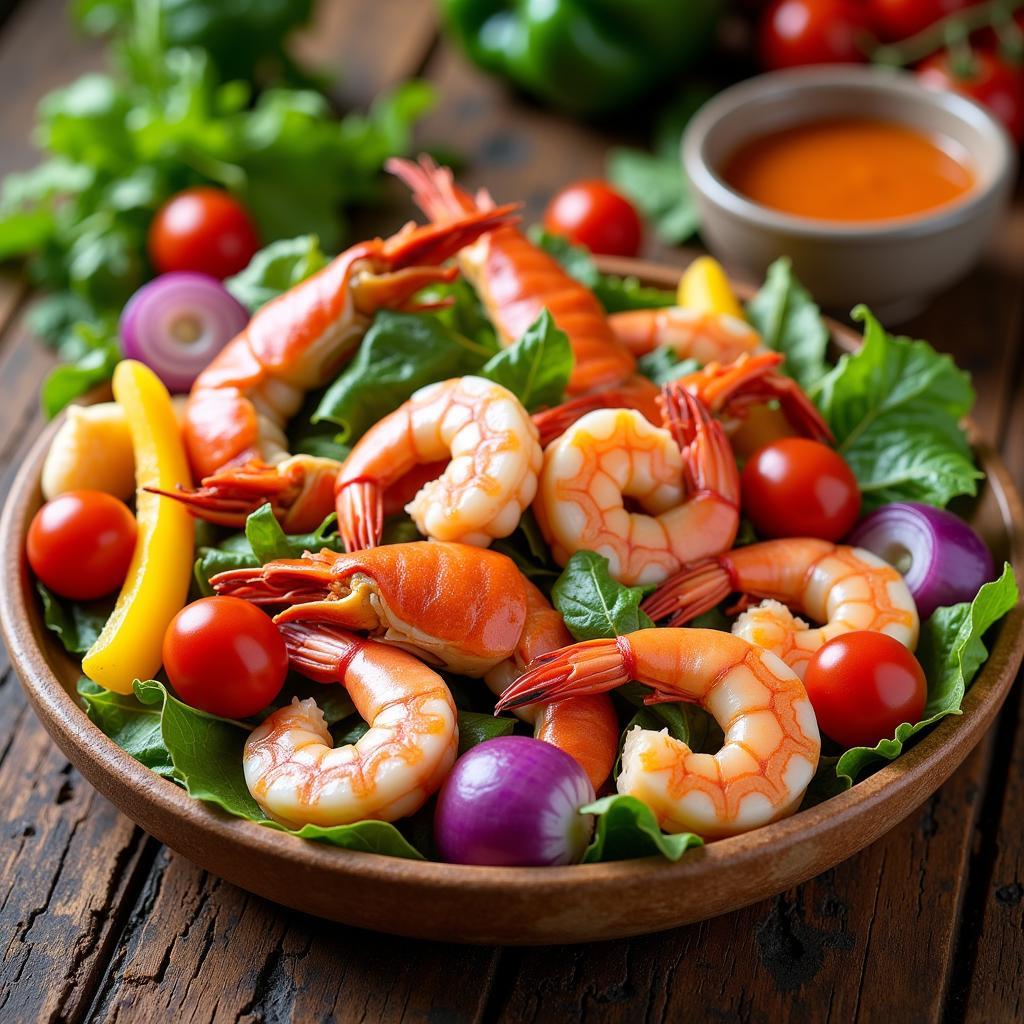Discovering the Ancient African Grain: Fonio
Fonio, an ancient African grain, is experiencing a resurgence in popularity due to its nutritional benefits and resilience in harsh climates. This remarkable grain, cultivated for millennia across West Africa, offers a unique flavor and a fascinating history. Discover the wonders of fonio, from its cultivation to its culinary uses and cultural significance.
What is Fonio? A Nutritional Powerhouse
Fonio is a gluten-free grain belonging to the millet family, known for its rapid growth cycle (6-8 weeks) and adaptability to arid and semi-arid regions. It’s packed with essential nutrients like iron, magnesium, and zinc, making it a valuable addition to any diet. It’s also a good source of dietary fiber, contributing to digestive health. This resilience and nutritional density make fonio a staple food for millions and a promising solution for food security in challenging environments. african ingredients
The History and Cultural Significance of Fonio
Fonio’s cultivation dates back over 5,000 years, with evidence suggesting it was one of the oldest cultivated cereals in Africa. Considered a sacred crop in some West African cultures, fonio plays a vital role in various ceremonies and traditions. Often referred to as the “grain of royalty,” it was once reserved for special occasions and offerings to deities. This rich cultural history adds another layer to the appreciation of this unique grain.
Cultivating Fonio: A Sustainable Crop
Fonio’s adaptability to poor soil conditions and its short growing season make it a sustainable crop. It requires minimal water and can thrive in areas where other crops struggle. This makes fonio a vital food source in regions prone to drought and desertification. Furthermore, fonio cultivation contributes to soil conservation and promotes biodiversity.
 Fonio Grains Close-Up
Fonio Grains Close-Up
Cooking with Fonio: From Savory to Sweet
Fonio’s versatility shines in the kitchen. Its slightly nutty flavor complements both sweet and savory dishes. It can be cooked like couscous, used as a substitute for rice, or ground into flour for baking. From traditional West African dishes like fonio with peanut sauce to modern interpretations in salads and desserts, fonio offers a world of culinary possibilities. african flour
Where to Find Fonio: Expanding Global Reach
While traditionally found in local markets across West Africa, fonio is gaining recognition on the global stage. Specialty food stores and online retailers are increasingly stocking this ancient grain, making it accessible to a wider audience. african food products This growing availability allows more people to experience the unique flavor and nutritional benefits of fonio.
Fonio: The Future of Food?
With its resilience, nutritional value, and growing popularity, fonio is poised to play an important role in future food systems. Its ability to thrive in challenging climates and provide sustenance for communities makes it a valuable asset in addressing global food security. african heritage diet pyramid Fonio offers a sustainable and nutritious option for a world facing increasing environmental and dietary challenges.
Conclusion: Embrace the Ancient Grain
Fonio, the ancient African grain, offers a unique combination of nutritional value, culinary versatility, and cultural significance. From its historical roots in West Africa to its potential impact on global food security, fonio is a grain worth discovering. Embrace this ancient grain and experience the taste and benefits of a truly remarkable food. african food products wholesale
FAQ
- Is fonio gluten-free? Yes, fonio is naturally gluten-free.
- How is fonio cooked? Fonio can be cooked similar to couscous or rice.
- What are the health benefits of fonio? Fonio is rich in iron, magnesium, zinc, and fiber.
- Where can I buy fonio? Fonio is available in specialty food stores and online retailers.
- What does fonio taste like? Fonio has a slightly nutty flavor.
- Is fonio easy to grow? Yes, fonio is known for its resilience and short growing season.
- What are some traditional fonio dishes? Fonio is often served with peanut sauce in West Africa.
Common Fonio Questions
Q: Can I use fonio flour for baking?
A: Yes, fonio flour can be used in baking, offering a gluten-free alternative.
Related Articles and Questions
- Explore more about African grains and their diverse uses.
- Discover other gluten-free options and their nutritional benefits.
Call to Action
For further assistance or inquiries about fonio, contact us at Phone: +255768904061, Email: kaka.mag@gmail.com, or visit our office at Mbarali DC Mawindi, Kangaga, Tanzania. Our customer service team is available 24/7.



